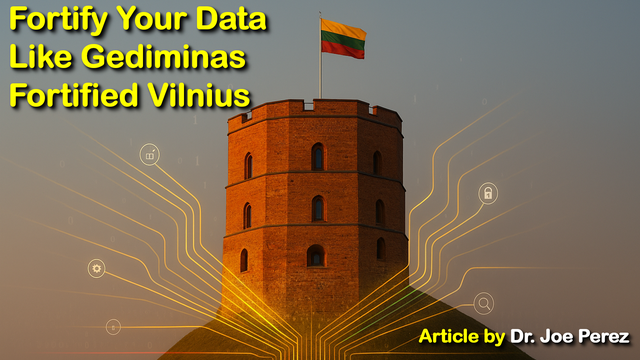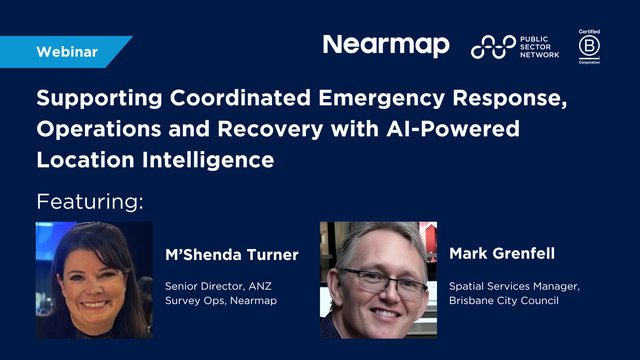In the next edition of PSN’s Data and Analytics Blog Series we take a look at Public Sector Big Data – what it means, why we need it now more than ever, and how three departments are already leveraging insight to drive efficiencies.
Data is the currency of the technological economy, with data science incorporated into almost every industry in 2020. The public sector, while trailing behind private enterprise, has become increasingly aware of the value that can be extracted from data sets.
Big data management generates better information and practices across a wide array of areas and is part of both Federal and local governments’ plans to improve safety, increase innovation and optimise security, helping Australia grow as a nation.
With advancements in technologies such as machine learning and cloud computing, coupled with global Open Government initiatives, emerging Big Data use cases in healthcare, transport, agriculture, justice and resource management are all shedding light on the opportunities of data as a critical asset.
Below we explore what exactly constitutes big data in the public sector and then explore three use cases to highlight the broad and varied opportunities of effectively harnessing public sector data sets.
What Is Big Data?
The
World Ban
k
explains big data as;
“a term widely used to describe the exponential growth of data, particularly the data flowing from ubiquitous mobile phones, satellites, ground sensors, vehicles and social media. It also explains the rise of the computing technologies and algorithms that harness big data for valuable insights.”
In the public sector, big data typically refers to the use of both structured and unstructured data, where structured data can included things like names in hospital records, while unstructured refers to CCTV footage, GPS information and data from sensors.
Due to the large amount of data this can encapsulate, computer-driven analytics decipher correlations and common threads within this data much faster than any human could. By analysing trends and running millions of simulations, various agencies and departments can then discover and use patterns that can help make informed future decisions, notes The Mandarin .
Through Big Data governments have an opportunity to harness data solutions to improve productivity, performance and innovation in service delivery and policymaking processes, with big data analytics further providing opportunities to increase efficiency gains, reduce errors and improve crime fighting capabilities and fraud detection.
Below we explore some of these opportunities in action.
Big Data In Action
NSW Health Pathology
Over the last four years NSW Heatlh Pathology, which supports the health and wellbeing of New South Wales’ eight million strong population through improved management and treatment of diseases and illnesses, has been developing a library of API-led microservices to facilitate seamless integration between a broad range of healthcare systems.
These API-led microservices, which collect and collate data sets, became crucial earlier this year – they now play a pivotal role in the fight against Covid-19. NSW Health was able to stand up a text bot to deliver Covid-19 test results several days faster than in other parts of the world.
The automated citizen-facing service, which was developed in the first weeks of the pandemic, harnessed collated public sector healthcare data sets from various information systems across the state and coupled these with information from Federal information systems. This resulted in a drastic reduction in hours – or the equivalent of returning 5000 days of effort back to clinical frontline staff. The automated system is also able to deliver negative test results via SMS in as little as 24 hours.
Australian Electoral Commission
Fraud detection is a key area where the government utilises data management and analytics to the country’s benefit. Along with other government agencies, the Australian Electoral Commission (AEC) uses data simulations to investigate electoral fraud.
The integrity, accuracy and completeness of the electoral roll is a key priority for the AEC and comprehensive procedures have been established to pursue and maintain these standards. The procedures identify enrolment discrepancies that arise from people attempting to enrol fraudulently.
With over 16 million Australians enrolled, or some 96% of the eligible population, the AEC deals with vast quantities of data. Due to the sheer volume of data analysed and observed, big data simulations are able to find anomalies or potentially fradulent activities easier than before; maintaining the integrity of the electoral role. This process is sped along by the highly skilled data scientists and analysts that work across different government sectors. They filter through the extensive data and synthesise the results of the simulation to detect fraudulent behaviour in a very efficient manner.
Transport for New South Wales
The CSIRO’s Data61 has partnered with Transport for New South Wales (TfNSW) to help improve the efficiency and effectiveness of transport systems.
Together Data61 and TfNSW have developed a protoype AI engine for congestion management as part of the Traffic Congestion Management Program. The engine makes it possible to model the impact of network changes or disruptions and then issues automatic journey planning information for transport operators and travellers.
By using the information both organisations have accrued, including real-time, historical, and passenger transport data the self-learning AI engine trawls through data from road network detectors, Opal, GPS devices, traffic signals and buses, and aims to bring intelligence into managing next-generation congestion.
Big data sets on weather and special events have also been fed to machine learning technologies with the key idea being that instead of being reactive to events in the transport network, they can be proactive, with technology giving transport planners the ability to predict and optimise the network to be more responsive to what is happening.
For more content, news and insights be sure to join the free Data & Analytics Community – a hub where you can connect with like-minded professionals, source thought provoking content, and engage in conversation with peers.



































